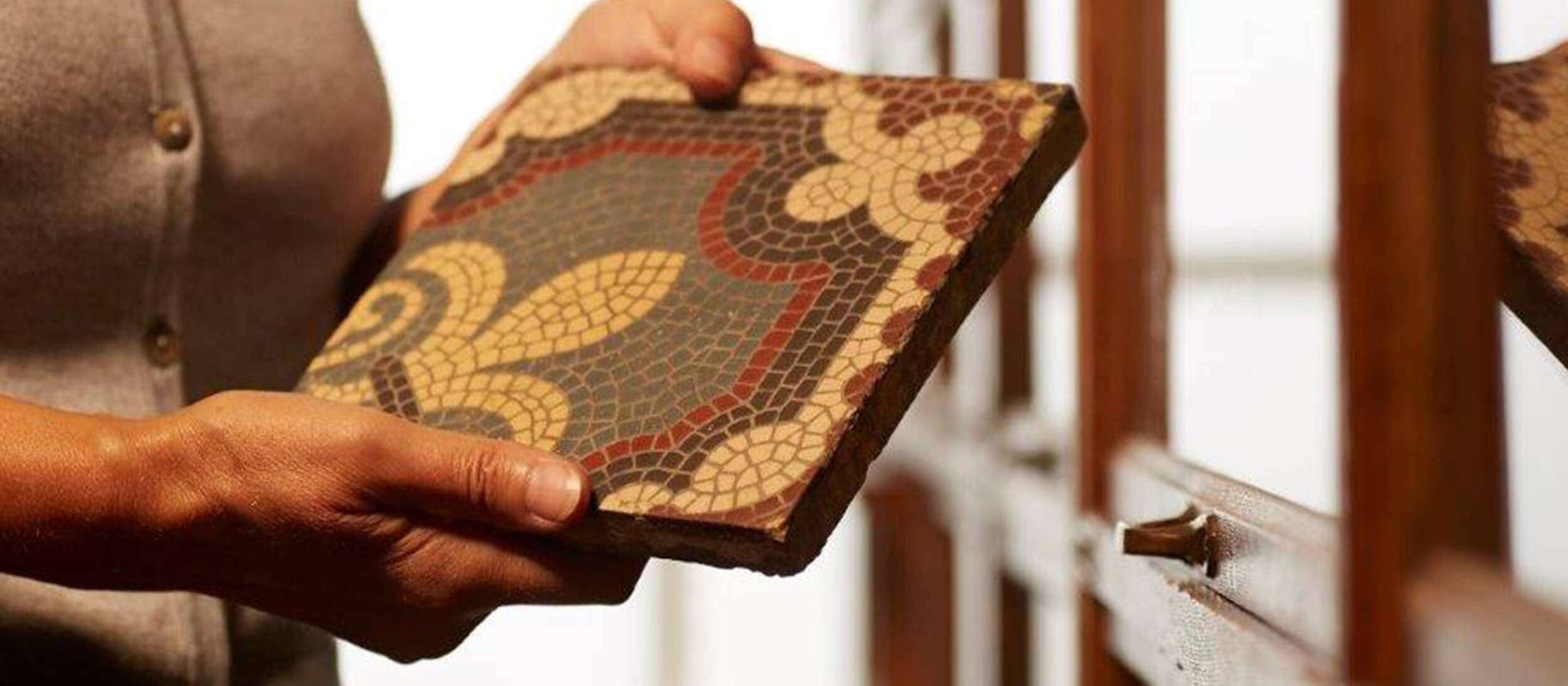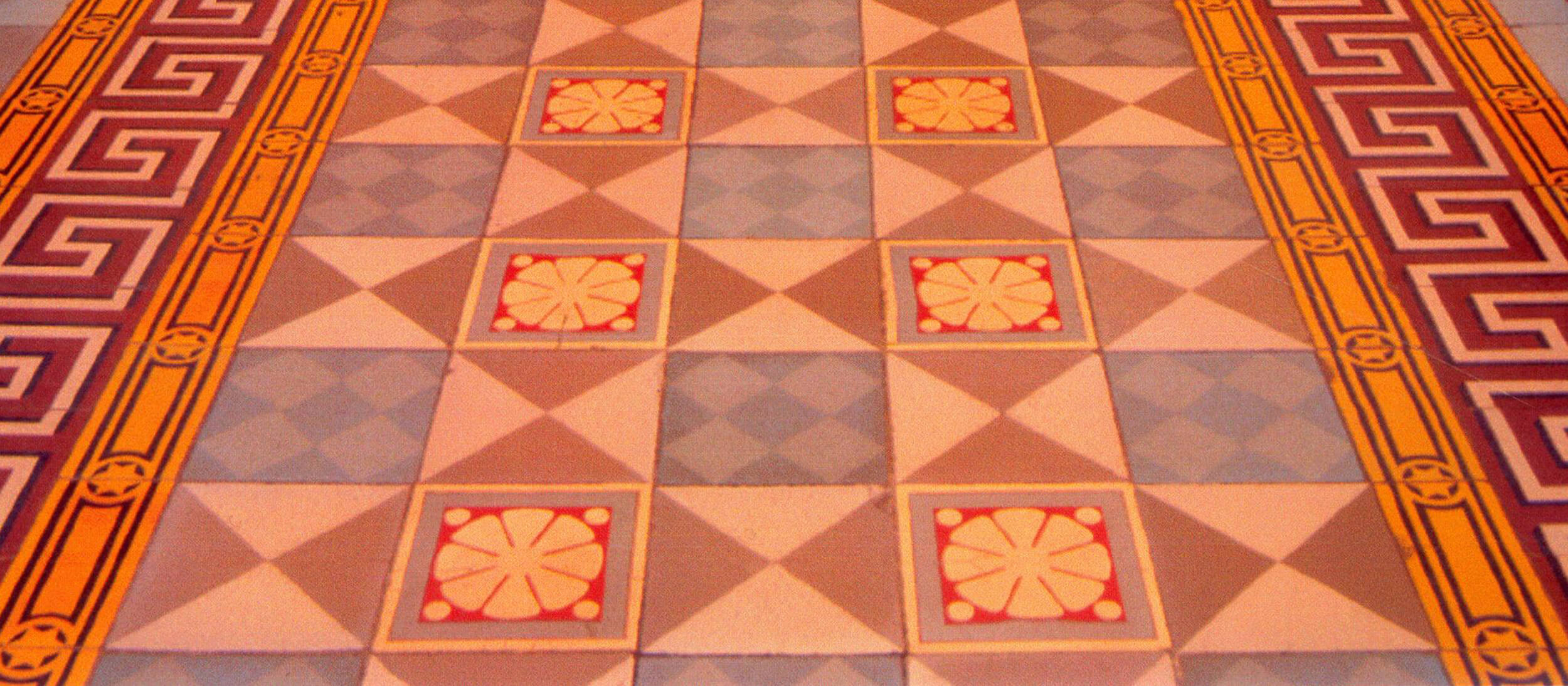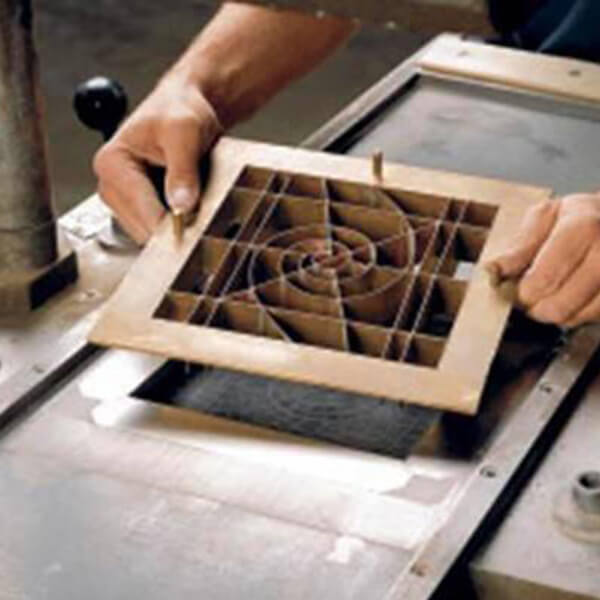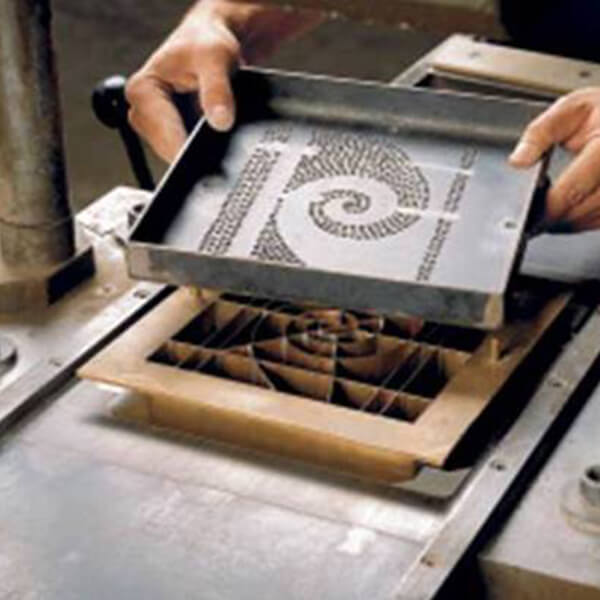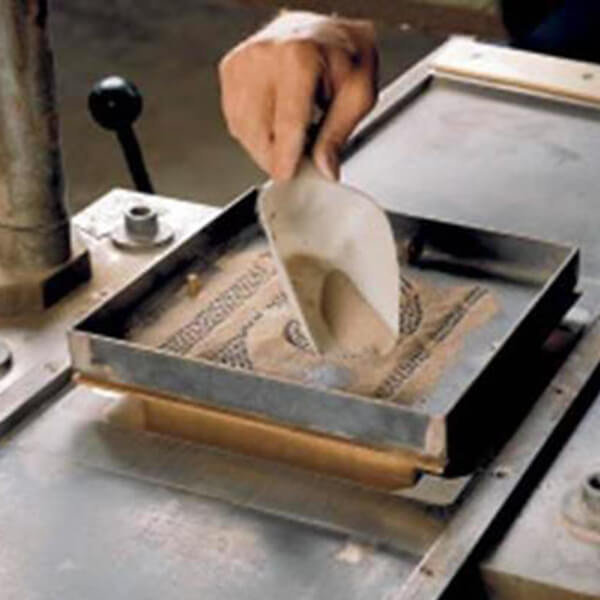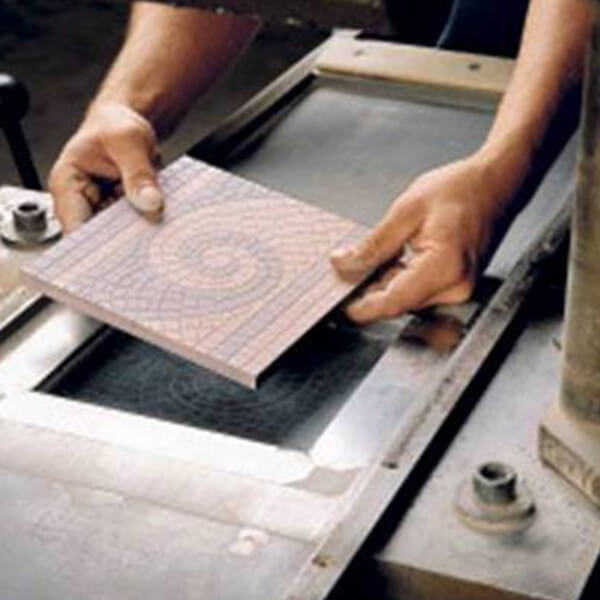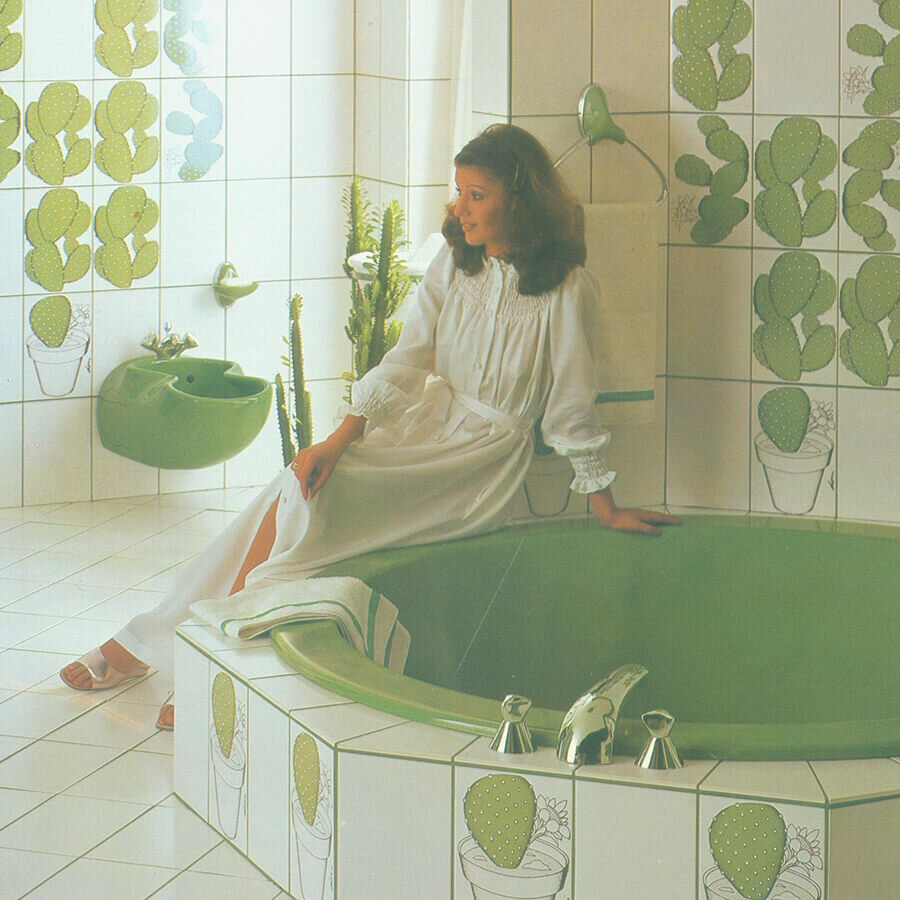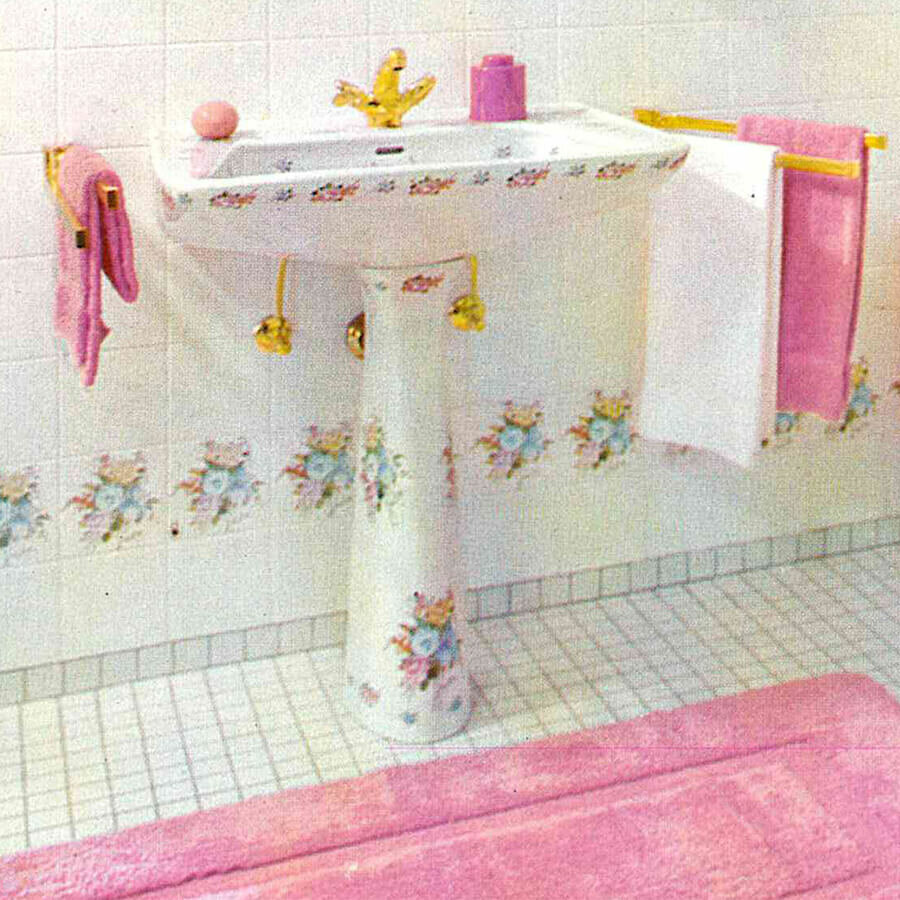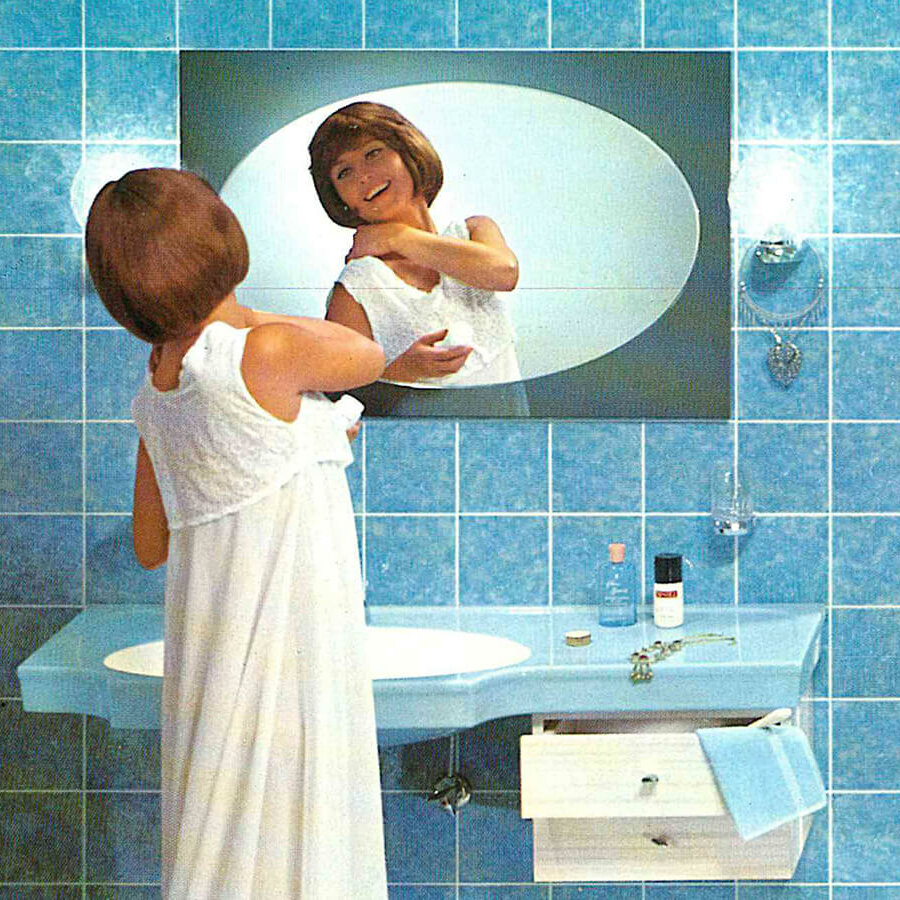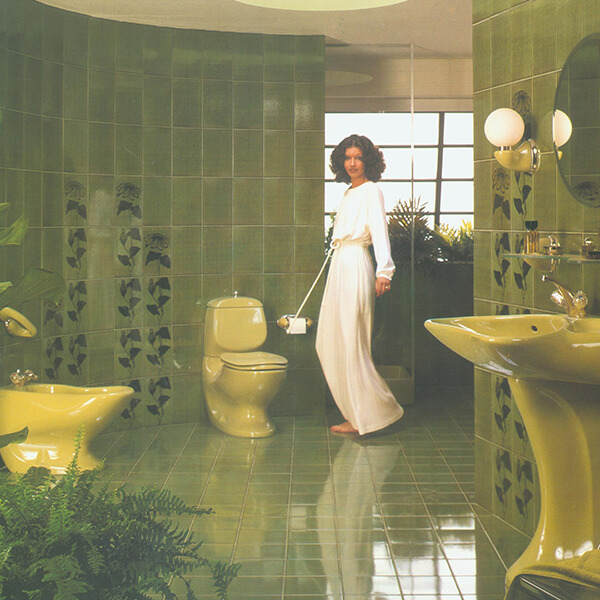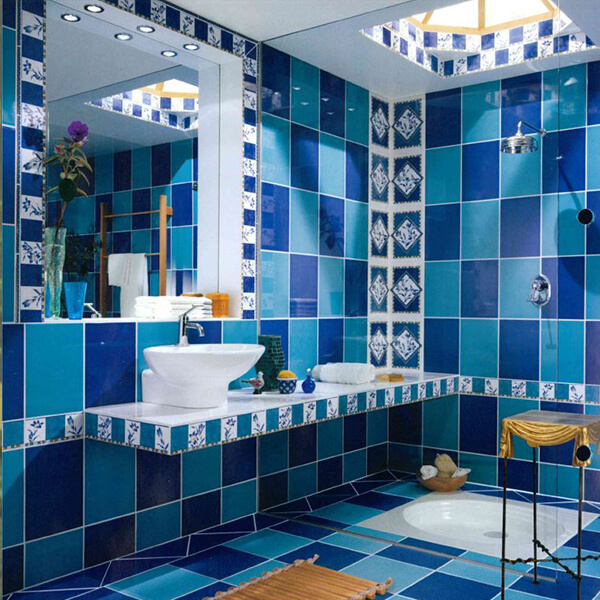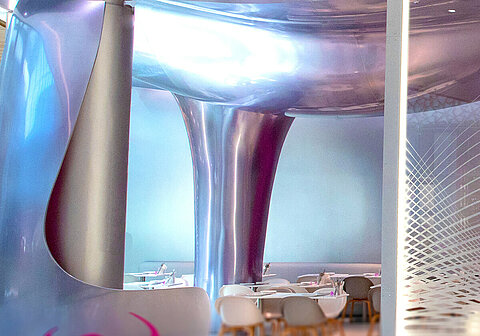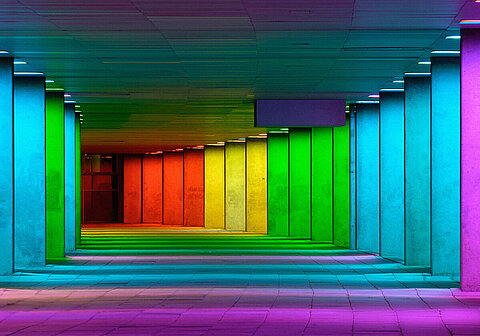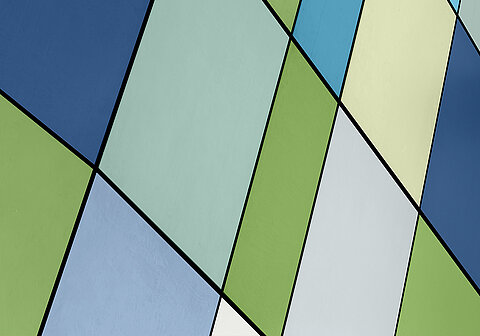The desire to design surroundings according to individual ideas is almost as old as mankind. Stone Age cave paintings already show colourful hunting scenes on the walls. 3,000 BC, paintings in Egyptian tombs and temples describe everyday life in impressive colour.
Let's move to a few millennia later. Pigments, the basic materials of paints, are so valuable in Central Europe that they are reserved for use in representative buildings such as cathedrals or palaces. Walls and ceilings become repporteur here. In order to experience the biblical story for those who do not know how to read, they used three dimension. The greatest artists of the ages - from Fra Angelico to van Eyck, Leonardo da Vinci, Michelangelo to Caravaggio - create art-historical records for eternity.
It was not until the end of the 19th century, with the beginning of industrialisation and the associated machine production of furnishings, that a personal style of living became affordable and attractive for many. The desire for individuality and the realisation of one's own living dreams does not stop at furniture, of course. Walls and floors also became included in design.
Ceramic tiles, industrially manufactured
The advantages of industrial production do not stop at the production of tiles. Inspired by the influences of classicism, Villeroy & Boch is the first company to develop a hard-wearing stoneware decor that can be produced economically thanks to machine production: in high quantities and thus at a favourable price. Individual design options that go far beyond pure functionality are no longer reserved for the rich and aristocratic. The "Mettlach tiles", named after the production site, become synonymous with design and quality and can soon be found everywhere: in shops as well as in public and private buildings.
Since the entrepreneurs in Mettlach never let any success go to waste, the materials and manufacturing processes in tile production are optimised again and again. But not only that: in the course of countless discussions with dealers and customers, founder Eugen von Boch gets to the bottom of the needs and wishes of the market. He develops more and more tile decors that are precisely tailored to customer tastes and consequently become best-sellers: By the end of the 19th century, Villeroy & Boch was already supplying millions of tiles all over the world.
The Mettlach tile
Variety of shape and colour
In order to be able to produce mosaic and decorative tiles in various sizes and different decors economically, a uniform manufacturing process is developed at Villeroy & Boch: Each tile is manufactured in two layers. On a lower layer of uncoloured stoneware, a second layer, is applied. This layer is three to five mm thick and made from a powder mixed with expensive mineral colours. The result is a colour-intensive surface with efficient material usage. In order to materialise the filigrane design typical of the Mettlach tile, thin strips of sheet metal soldered into patterns are placed in the square basic shapes. The resulting fields are now also filled with paint and the sheet metal strips removed. Finally, the material only has to be compressed at 150 atmospheric pressure and fired for 60 hours.
No wonder that Art Nouveau architects like Josef Maria Olbrich discovered stoneware tiles. After all, the building element offers every opportunity to excitingly combine materials and colours. What could be more appropriate than floor tiles with filigrane decorations in different colours?
New attitudes at the beginning of the 20th century
Prosperity grows, and with it the building boom and the demand for fine ceramics. One's own four walls become a status symbol, pure functionality is a thing of the past. Tiles from Villeroy & Boch became much more than just easy-care floor materials. The triumph of the Mettlach tiles continues on the wall: here they create real works of art in colourful splendour.
Economic miracle times
Two wars and 50 years later, people are doing everything they can to leave the dreariness behind - and to see the future in the most beautiful light. The economic miracle is in full swing and colour is once again being used in houses and flats in the course of reconstruction. Not only wallpapers and upholstery become colourful, but tiles in the bathroom also show their strong colours.
Keyword lifestyle
In the 1970s and 1980s, real estate is very popular with investors. Rooms are reinterpreted: The focus is on spaciousness and a holistic feel-good experience in all rooms. Lifestyle is the keyword of the 1980s. Hardly any other company can contribute as decisively to the new stylish living experience as Villeroy & Boch. Because bathrooms, in particular, should no longer only serve function, but become small oases of well-being, the company is breaking new ground in terms of design.


